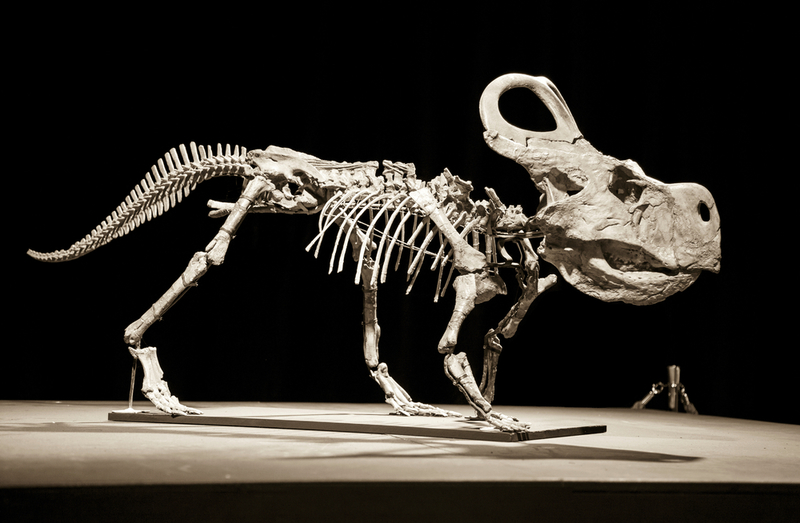Vertebrates
Vertebrates are animals with backbones. A backbone is made up of small bones fitted together, a little like beads on a string. These small bones are called vertebrae, hence the family name. A vertebrate has other bones besides a backbone, each of which forms part of an internal skeleton.

The skeleton of a vertebrate helps to protect the delicate organs that reside inside the body, such as the heart and the brain. Vertebrates include mammals, fish, birds, reptiles, and amphibians.
Invertebrates
Animals that don’t have backbones are called invertebrates. Some invertebrates that you will likely recognize are moths, butterflies, spiders, crayfish, jellyfish, and snails. Invertebrates have no internal skeletons to support their bodies. Some invertebrates have no hard parts at all. Some invertebrates fasten themselves to something when they’re young and remain there for life. A barnacle, for example, might fasten itself to a rock or to the hull of a ship.

Other invertebrates have hard outer coverings for protection, like crabs and crayfish. If the covering on a crayfish gets too small, the animal sheds it and grows a new, bigger one. Snails and oysters grow new rims on their shells when they get too small. Insects are the largest group of invertebrates. In fact, there are more kinds of insects in the world than all other kinds of animals put together. Some insects have hard outer coverings and others don’t.